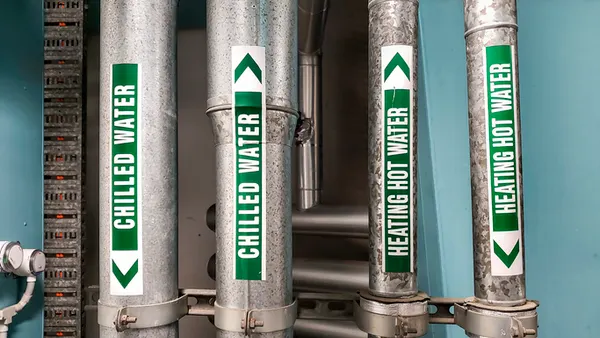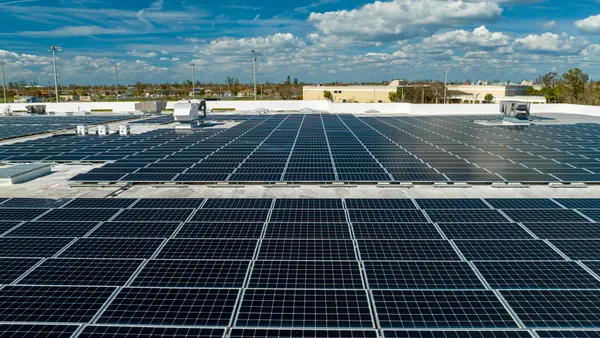Dive Brief:
- Duke Energy, one of the biggest U.S. electricity providers, has added its influence to the MESA Standards Alliance push to develop open and standardized specifications for communications between battery storage and the transmission-distribution system. It is the biggest utility to join MESA so far.
- Duke will work with the Alliance technical committee and play a role in determining the way communications take place between the grid’s utilities and system operators and its utility-scale batteries. The MESA effort is the best standardization undertaking the utility identified, according to a Duke spokesperson.
- The MESA (Modular Energy Storage Architecture) is an industry consortium of electric utilities and technology suppliers working to accelerate interoperability, scalability, safety, quality, availability, and affordability.
Dive Insight:
The drive for standardization of communications between batteries and the grid is a big step toward maturity for battery energy storage technologies as they grow from a niche concept to a commercial market product.
Mandates in California, New York, and Hawaii, and the push by grid operator PJM are all expected to add gigawatts of storage onto the U.S. grid. GTM Research forecasts the U.S. will deploy 220 MW of energy storage this year and will be adding over 850 MW of energy storage per year, valued at $1.5 billion, in 2019.
MESA Standards clear barriers to growth in energy storage in the same way that standardized interoperability opened the computer industry. Standardized battery-grid interconnection frees utilities and vendors to make cost-effective distributed storage solutions more widely available.
MESA is currently developing two specifications. MESA-ESS Specifications address how energy storage systems communicate with a utility’s grid control and extend the communication specs to aggregators and facility energy management systems.
MESA-Device Specifications/SunSpec Energy Storage Model addresses how energy storage components are packaged and arranged, electrically connected and able to communicate with each other and other operational components.













